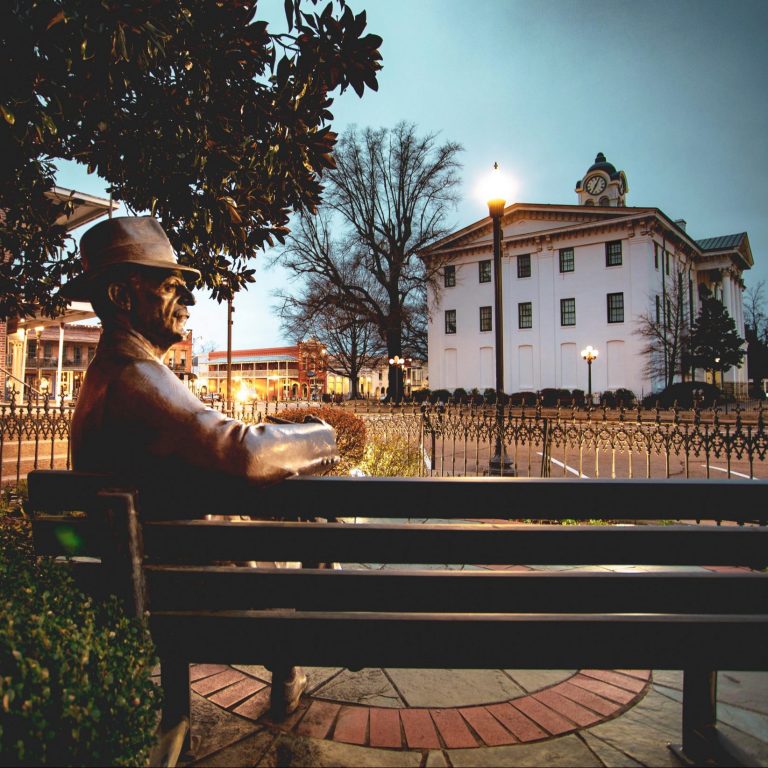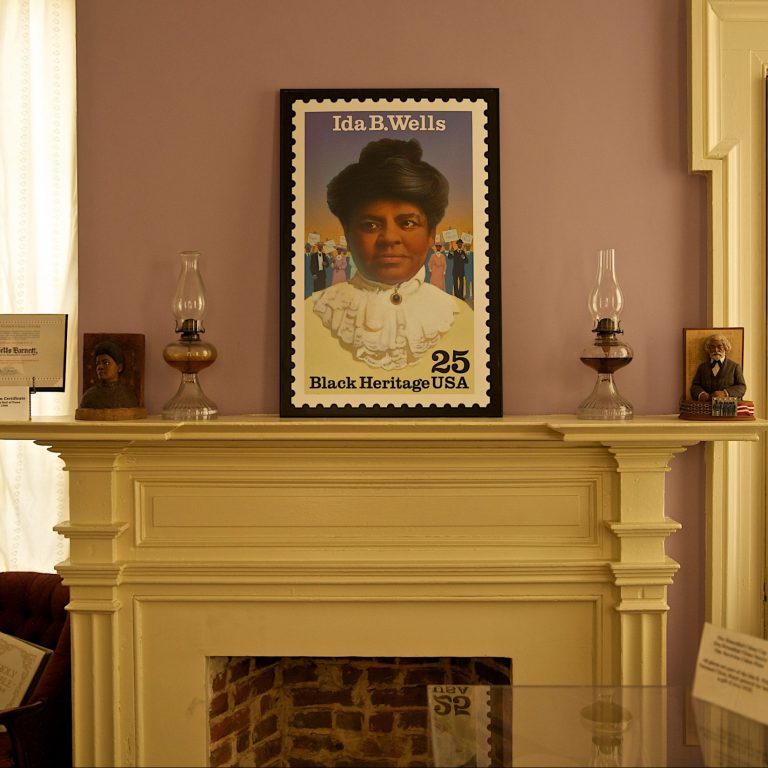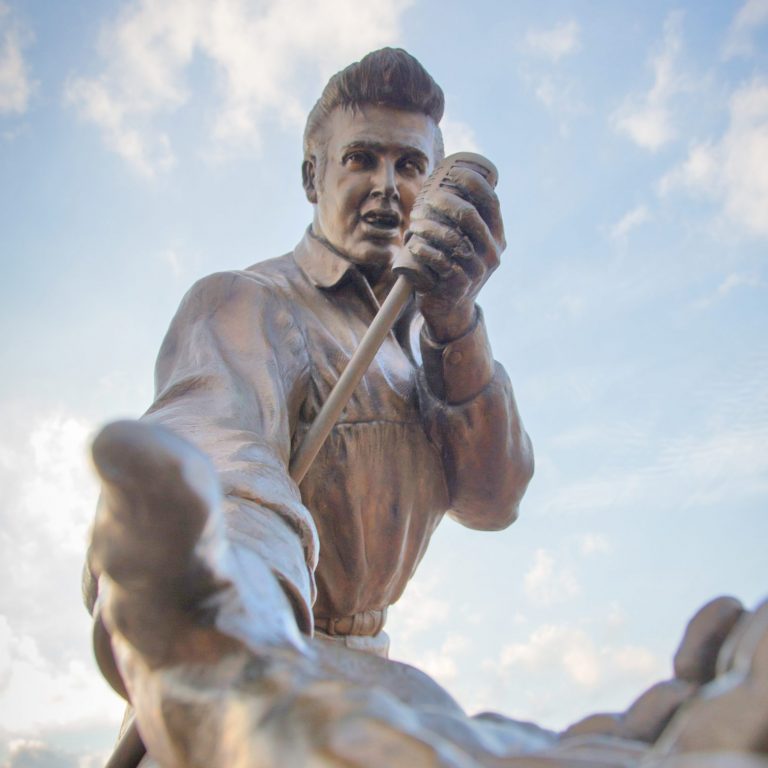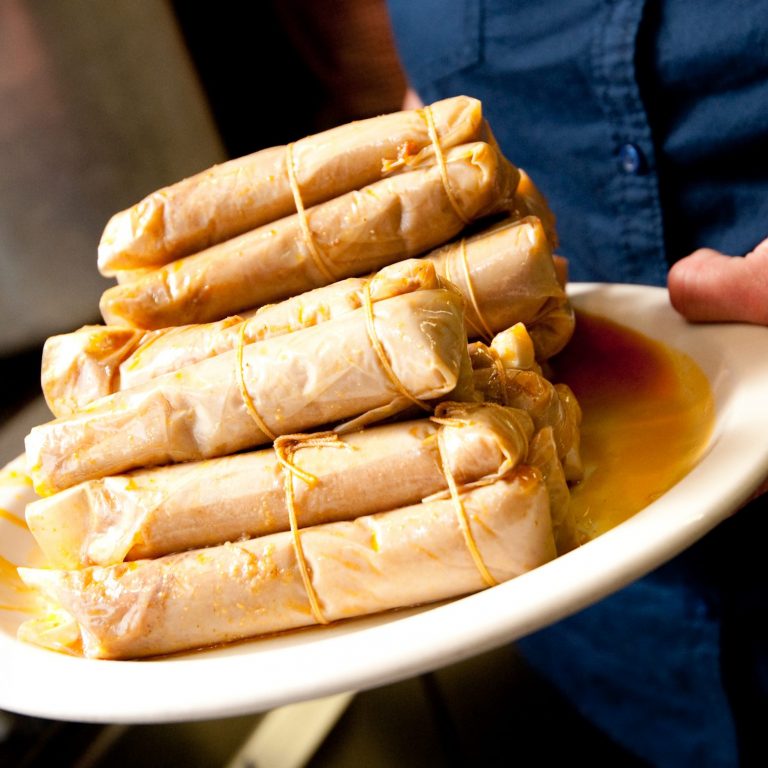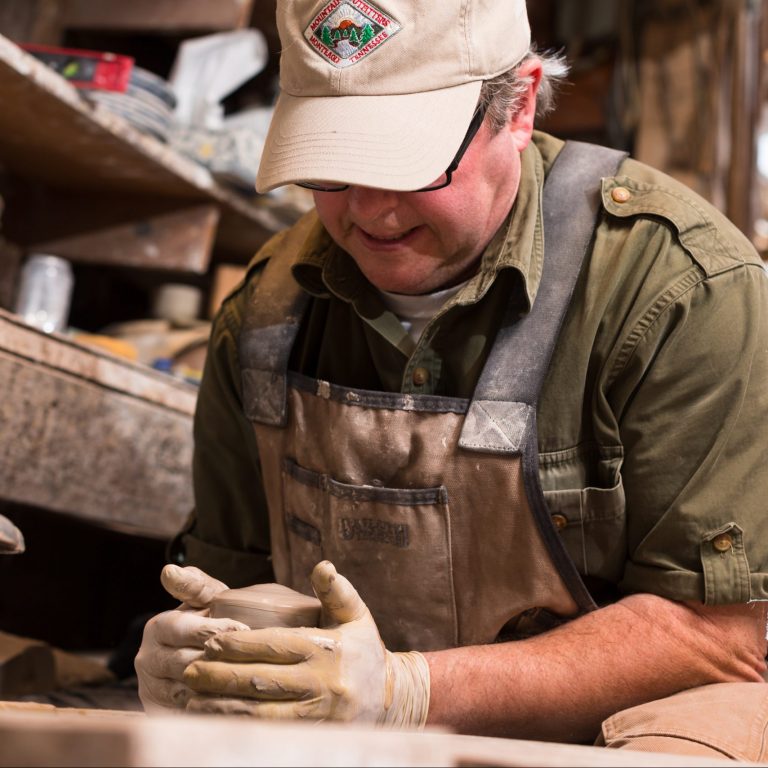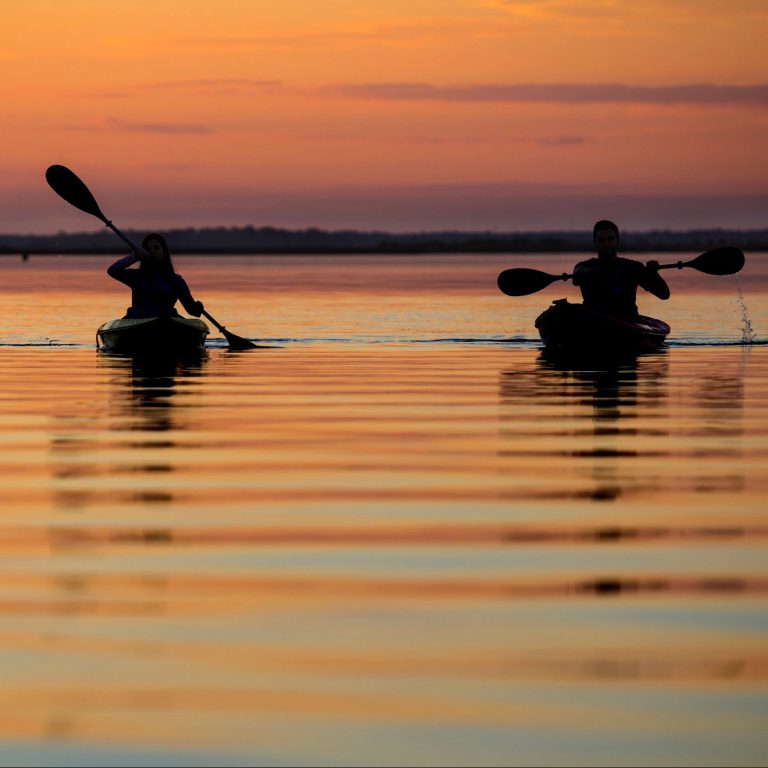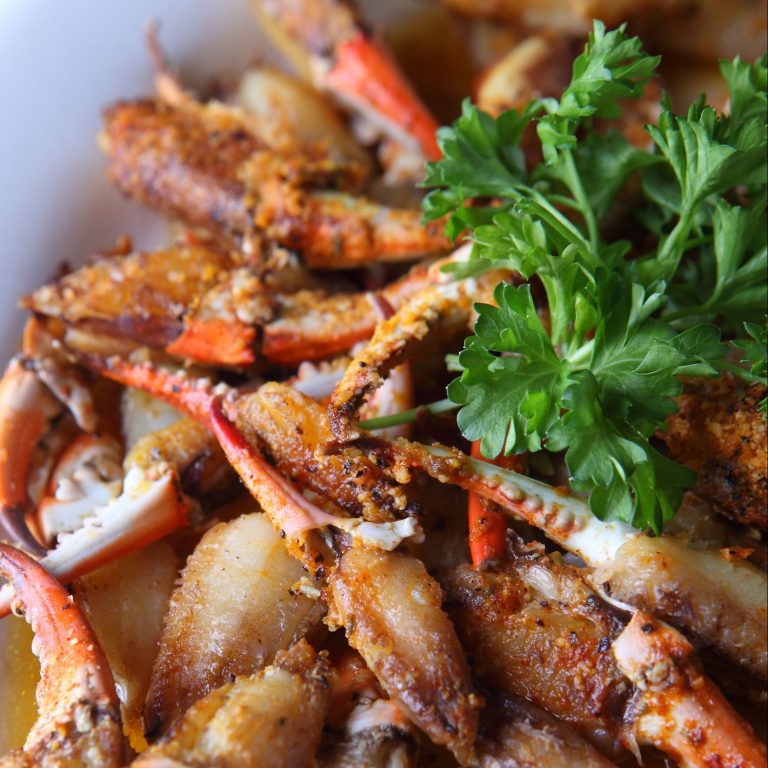Congress has designated 55 regions across the United States as National Heritage Areas. Once called a “new kind of national park” by President Ronald Reagan, these “lived-in landscapes” are areas that possess a natural, cultural and historical richness that make particularly strong contributions to the country’s heritage. Mississippi’s three National Heritage Areas provide visitors with a chance to see how history and culture continue to shape the country’s destiny.
